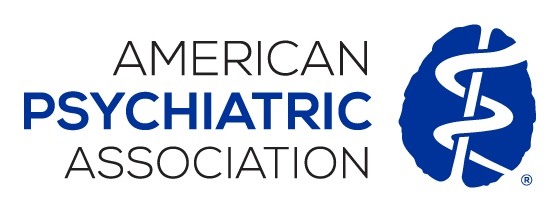
Among individuals with schizophrenia who experienced their first relapse while taking an oral antipsychotic, only those who switched to clozapine lowered their risk of a second relapse. These findings, based on Finnish population data, were published in Lancet Psychiatry.
“When a patient with first-episode schizophrenia has their first psychosis relapse, despite the use of a non-clozapine oral antipsychotic, continuation with the same antipsychotic strategy or switching to another non-clozapine oral antipsychotic is as unhelpful as switching to non-use of antipsychotics,” wrote Heidi Taipale, Ph.D., of the University of Eastern Finland, and colleagues. “This finding challenges the current treatment guidelines, which suggest clozapine should be used after at least two different non-clozapine antipsychotics.”
Taipale and colleagues identified 3,000 individuals in Finland who were hospitalized for first-episode schizophrenia between 1996 and 2014 and experienced a relapse within five years. To ensure the study population reflected a true “first episode,” eligible individuals had to be age 45 or under and not taking any antipsychotics in the year prior to hospitalization.
Among this group, 45.5% were not taking any antipsychotics prior to their first relapse, 32.4% were taking a non-clozapine oral antipsychotic, and 10.4% were taking clozapine; the remaining individuals were taking injectable antipsychotics or multiple oral antipsychotics. Not surprisingly, of those not taking any antipsychotic prior to a first relapse, switching to any antipsychotic therapy lowered their odds of a second relapse within two years. However, switching to clozapine was the most beneficial, with a 48% reduced relapse risk compared with staying off medication.
In patients who were taking an oral antipsychotic, switching to clozapine reduced relapse risk by 34% compared with staying on the same medication. No other treatment strategy—not even switching to long-acting injections—appeared to offer any benefit.
Finally, among individuals who relapsed while taking clozapine, those who were switched to another antipsychotic had about twice the odds of a second relapse compared with individuals who stayed on clozapine.
“Clozapine is associated with risks of rare but potentially severe adverse effects, such as agranulocytosis,” Taipale and colleagues wrote. “However, there is accumulating evidence … suggesting that clozapine is the safest antipsychotic concerning overall survival, in addition to being associated with greater symptomatic improvement, including in patients without treatment-resistant schizophrenia.”
For related information, see the Psychiatric News article “Clozapine Found Most Effective in Patients With Schizophrenia and Conduct Disorder.”
(Image: Getty Images/iStock/ollaweila)
Don't miss out! To learn about newly posted articles in Psychiatric News, please sign up here.





